The Flavian Amphitheatre (The Colosseum)
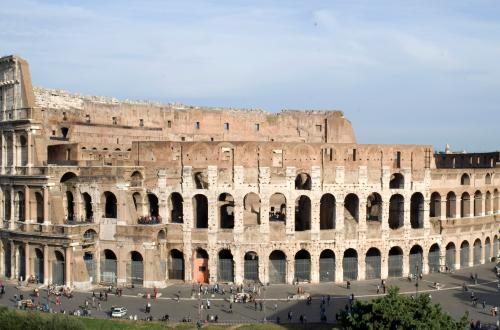
 Condividi
Condividi
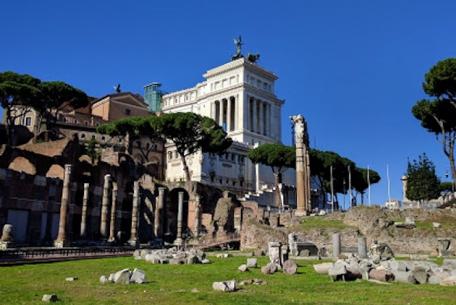
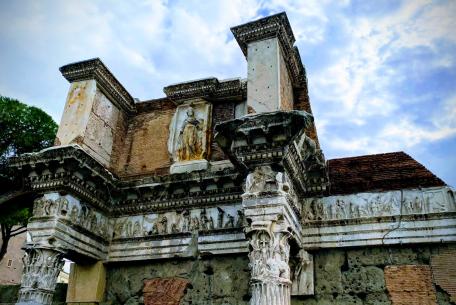
This Forum was built by Domitian (81-96 AD), but inaugurated after his death by his successor Nerva in 97 AD.
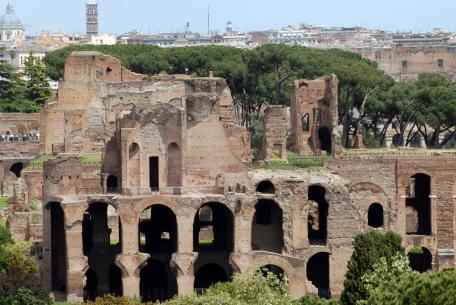
Formerly a swampy area, only from the end of the seventh century BC with the reclamation of the valley, the Roman Forum slowly began to become the centre of public life for over a
[...]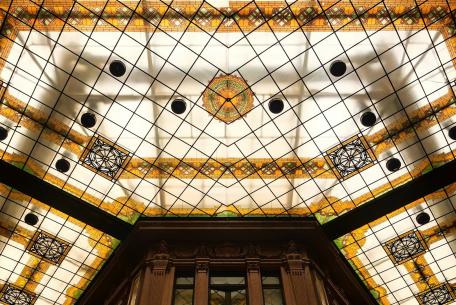
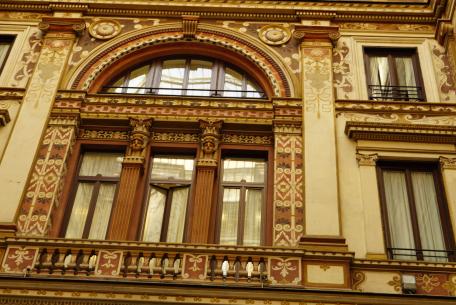
A period of urban transformation and modernization began after the proclamation of Rome as the Capital of Italy.
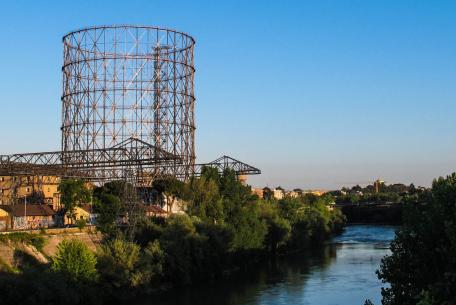
A colossal iron structure that is almost 90 meters in height and with a diameter of 63 meters, nicknamed for its monumentality the “Industrial Colosseum” or “Moder
[...]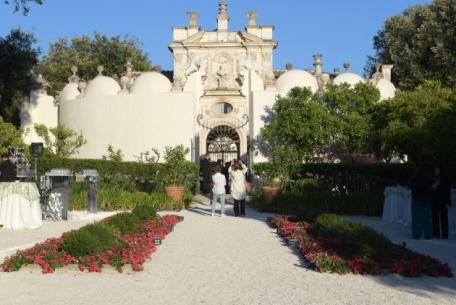
The Herme Garden or IV Secret Garden in Villa Borghese, is part of the complex o
[...]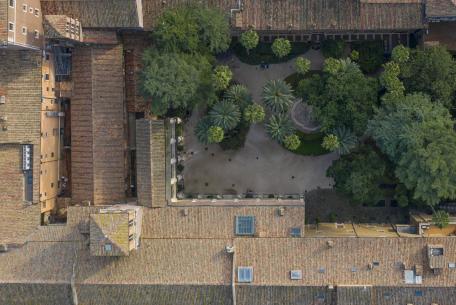
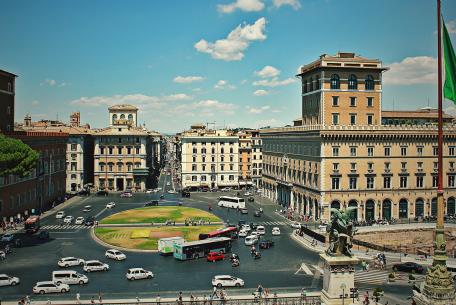
During the recent works on the Metro Line C, the remains of a monumental two-storey public building of the Emperor Hadrian’s times (117-138 AD), were found in Piazza Madonna di Lor
[...]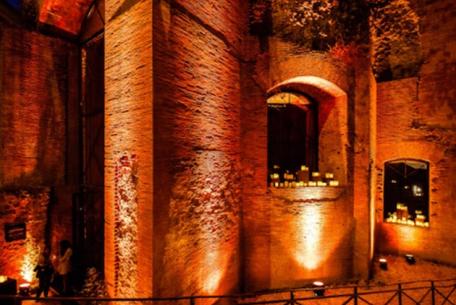
The Horti Sallustiani, so called because they belonged to the historian Sallustius, constituted, with the gardens and the villa, the largest monumental par
[...]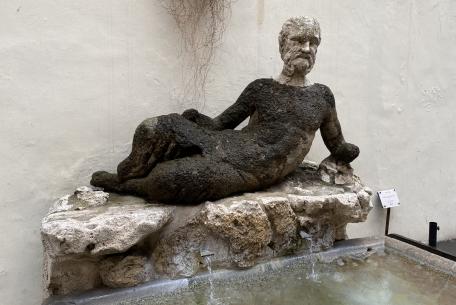
In the Rome of the Popes, starting from the sixteenth century, dissent towards the constituted power and the ruling classes began to manifest itself with the posting of signs with anonymous satiric
[...]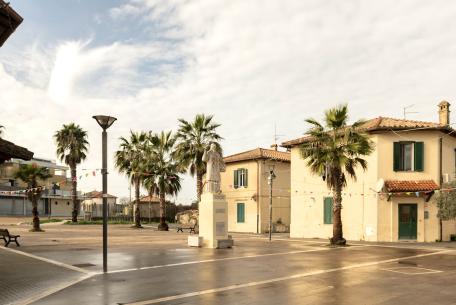
Flavours and ancient traditions in a place where time seems to have stopped
The area where the Village of Ostia Antica stands was occupied by necropolis in the imperial age. In the 5th century, a basilica was built on Saint Aurea martyr's tomb site.
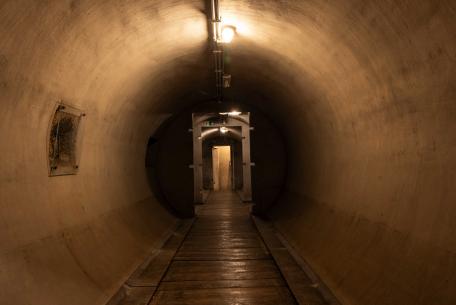
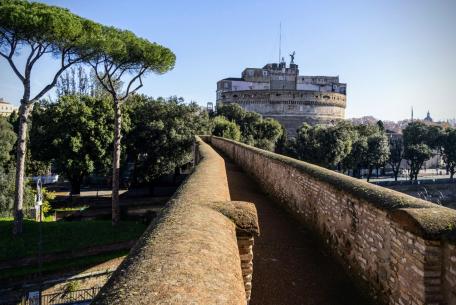
Er Coridore de Borgo (the Corridor of Borgo), as the Romans of papal Rome used to call it, is also known as Passetto di Borgo, or Passetto.
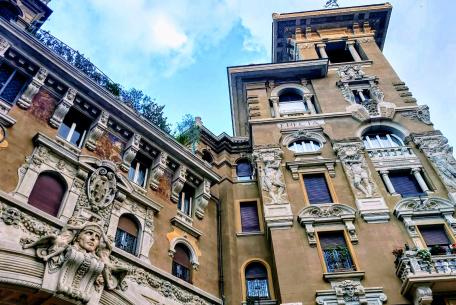
In central Rome, just a stone’s throw from the old city centre, we find one of the most characteristic of the city’s districts or boroughs.
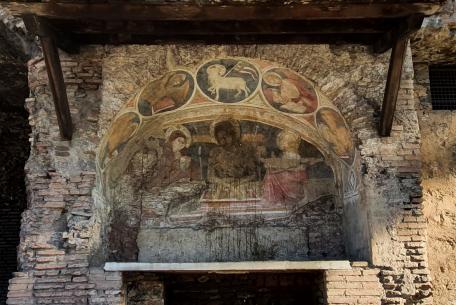
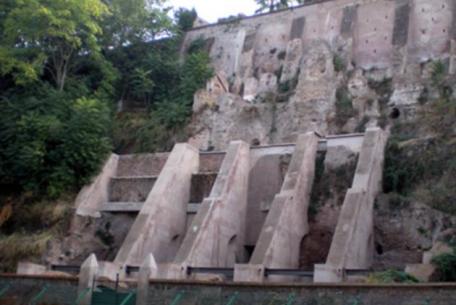
Along Lungotevere Aventino, underneath the Church of Santa Maria del Priorato, the
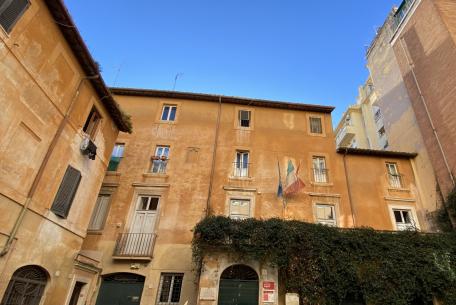

Squeezed between two buildings, a small gate a few hundred meters from Porta Maggiore gives access
[...]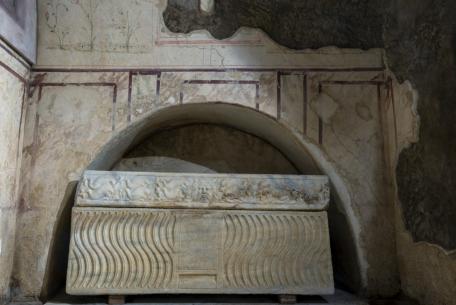
An entire modern neighborhood in northern Rome is named after this ancient aristocratic tomb, discovered in the 1920s along Via Trionfale during the construction of some new buildi
[...]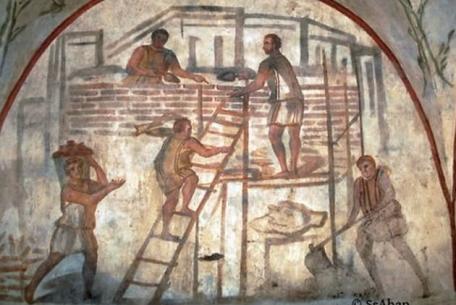
The hypogeum, located near the via Latina, was discovered in 1911 a
[...]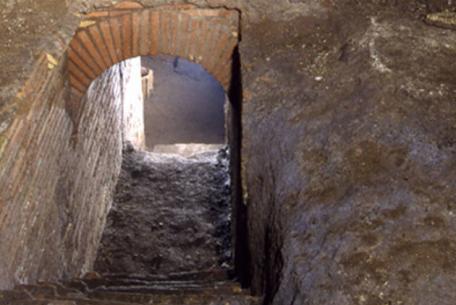
In 1883, during the works to improve the road system of the Esquilino district, at number 128 of via G.
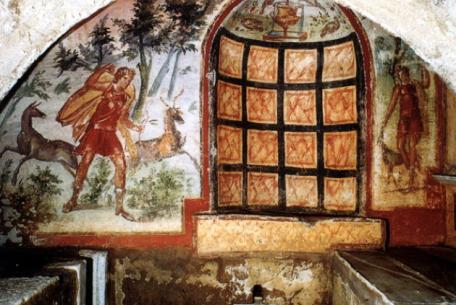
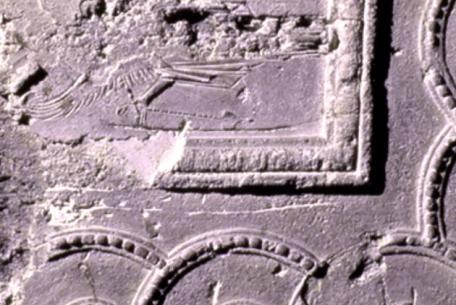
The underground tomb dug into the tuff is located on the hillside of Villa Glori (Viale Pilsudski), in the northern r
[...]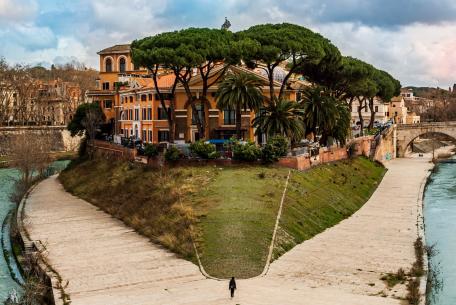
Legend has it that the Tiber Island was formed, to say the least, in a rather curious manner: the angry Romans, after having overthrown in a popular uprising the reviled tyrant Lucius Tarquinius Su
[...]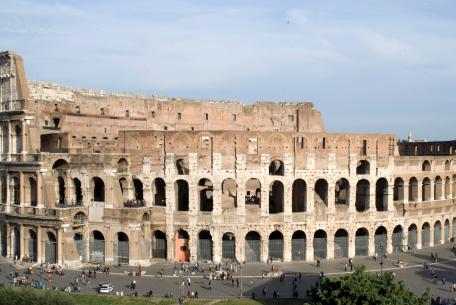
Probably the most famous monument in the world and a symbol of the greatness of Rome, the Flavian Amphitheater, better known as the Colosseum for the colossal bron
[...]
 Condividi
Condividi
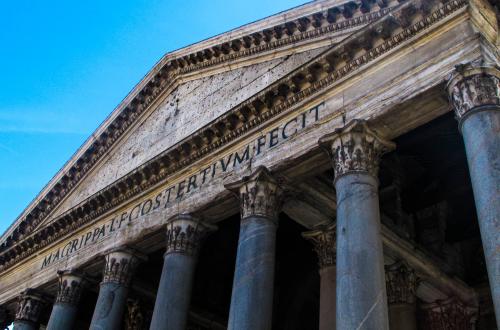
 Condividi
Condividi
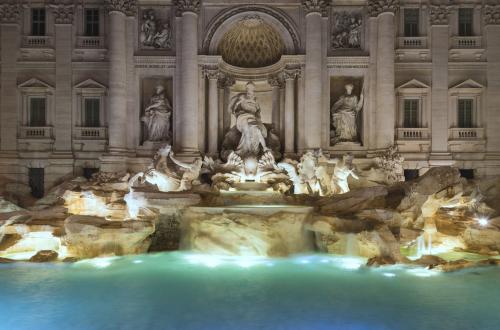
 Condividi
Condividi
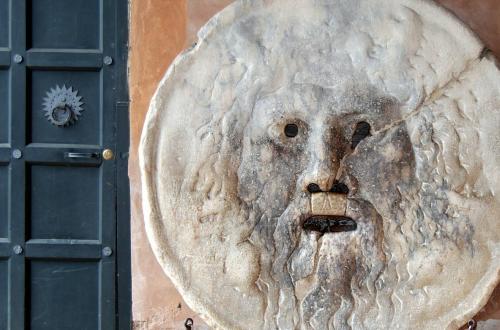
 Condividi
Condividi
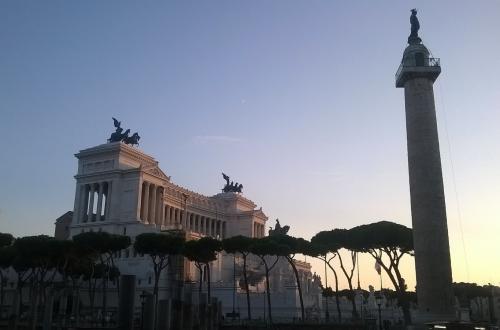
 Condividi
Condividi
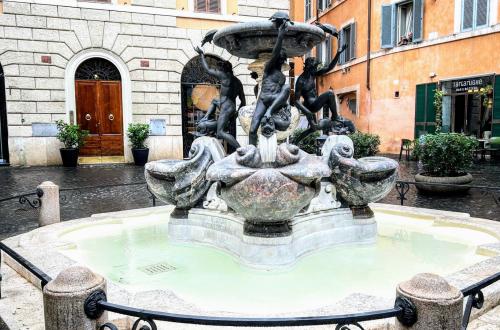
 Condividi
Condividi
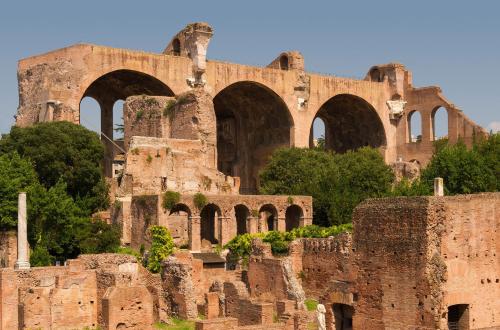
 Condividi
Condividi